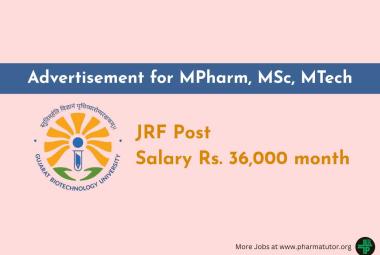In a study of hemodialysis patients without angiographic evidence of obstructive coronary artery disease, oral nicorandil lowered the risk for cardiac death by more than 85%. Coronary artery disease is one of the leading causes of death in patients on hemodialysis, and even hemodialysis patients without significant coronary lesions are at elevated risk for cardiac death.
Speaking here at the XLVII European Renal Association-European Dialysis and Transplant Association Congress, Masato Nishimura, MD, PhD, from the Cardiovascular Division at Toujinkai Hospital in Kyoto, Japan, reported the results of his trial of oral nicorandil in hemodialysis patients with normal coronary arteries. He and his team were investigating the ability of the drug to protect against cardiac death.
[adsense:336x280:8701650588]
Nicorandil is a vasodilator used to treat angina and works by relaxing vascular smooth muscles, mainly of the venous system. It acts by activating potassium-ATP channels and by donating nitric oxide to activate guanylate cyclase, and reduces preload and afterload. Because potassium-ATP channels have been shown to have a role in ischemic preconditioning, nicorandil might have cardioprotective effects. It also appears to inhibit cardiac sympathetic activity, Dr. Nishimura explained. It has been studied extensively in Japan and is approved in several countries but is not available in the United States.
Dr. Nishimura performed a retrospective analysis of propensity-matched patients drawn from a prospective cohort study. Propensity matching is a statistical method that provides an unbiased estimation of treatment effects in observational studies where treatments might not have been assigned randomly and where covariates might have been imbalanced.
The analysis involved 100 propensity-matched hemodialysis patients (54 men, 46 women; mean age, 64 ± 10 years) without obstructive coronary artery disease. The groups were well matched for all baseline clinical characteristics, laboratory measurements, and administration of cardiac drugs.
Half of the patients had received oral nicorandil 15 mg/day, and half (the control group) did not receive the drug.
Nicorandil had been recommended for suspected cardiac ischemia in these patients, even though there was no angiographic evidence of obstructive coronary artery disease, as had been determined by coronary angiography between January 2001 and December 2004. The control patients had refused nicorandil.
The investigators followed the participants to December 2008, with a median follow up of 5.3 ± 1.9 years. Dr. Nishimura said that during this period there were 25 cardiac deaths — 6 myocardial infarctions, 11 cases of congestive heart failure, and 8 sudden cardiac deaths. There were also 15 noncardiac deaths.
"The incidence of cardiac deaths was significantly lower in the nicorandil group (8%) than in the control group (42%)," (P < .001), Dr. Nishimura told the audience. On multivariate Cox hazard analysis, nicorandil administration was shown to result in nearly an 88% reduction in the risk for cardiac death (hazard ratio [HR], 0.123; confidence interval [CI], 0.041 - 0.368; P = .0002). "However, the incidence of noncardiac deaths did not differ between the control and nicorandil groups," he said (16% for the nicorandil and 14% for the control group).
Drug administration also reduced the risk for all-cause mortality by about 70% (HR, 0.307; CI, 0.151 - 0.623; P = .001), which was the result of the reduction in cardiac deaths. Dr. Nishimura said all-cause death was inversely associated with serum albumin concentration (HR, 0.32; P = .007) or serum levels of C-reactive protein. Kaplan-Meier survival estimates showed that cardiac-death-free survival and cumulative survival rates were higher for the nicorandil group than for the control group.
Dr. Nishimura concluded that "oral administration of nicorandil may improve the survival of hemodialysis patients without obstructive coronary artery disease by inhibiting the occurrence of cardiac death."
The action of nicorandil was impressive in the level of risk reduction for cardiac death and all-cause mortality, especially in hemodialysis patients without evidence of significant coronary artery lesions, said Edward Palmer, MD, PhD, professor of experimental transplantation immunology in the Departments of Nephrology and Biomedicine at University Hospital Basel in Switzerland, during an interview with Medscape Medical News.
But Dr. Palmer warned that "the drug has been associated with some significant side effects, including upper and lower gastrointestinal ulceration and palpitations. I wonder just how tolerable it would be in widespread use."
The study did not receive any commercial funding. Dr. Nishimura and Dr. Palmer have disclosed no relevant financial relationships.
XLVII European Renal Association-European Dialysis and Transplant Association (ERA-EDTA) Congress: Abstract OSa039. Presented June 26, 2010.








